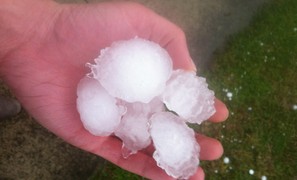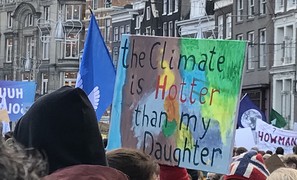Heat and cold waves trends in the Carpathian Region

In the Carpathian Region (encompassing Croatia, Hungary, Slovakia, Czech Republic, Poland, Ukraine, Romania and Serbia), heat wave events have become more frequent, longer, more severe and intense over the period 1961 - 2010, in particular in summer in the Hungarian Plain and in Southern Romania. Cold wave frequency, average duration, severity, and intensity over this period, on the other hand, generally decreased in every season except autumn. In this study, a heat wave was defined as at least five consecutive days with daily maximum temperature above the long-term 90th percentile of daily maximum temperatures. Similarly, a cold wave was defined as at least five consecutive days with daily minimum temperatures below the long-term 10th percentile of daily minimum temperatures.
The trend analysis shows a general tendency to more frequent, longer, more severe and more intense heat wave events in every season in the entire Carpathian Region. On the other hand, the cold waves show a general tendency to less frequent, shorter, less severe, and less intense events.
The Carpathian Region and the Mediterranean area are the two European hotspots showing a drought frequency, duration, and severity increase in the past decades and in particular from 1990 onwards. When drought effects are exacerbated by heat waves or vice versa, such combination may cause devastating effects, as it happened in summer 2003 in Central Europe.
Source: Spinoni et al., 2015. International Journal of Climatology 35: 4197–4209.
Photo: Nicolas Longchamps (www.Flickr.com)






